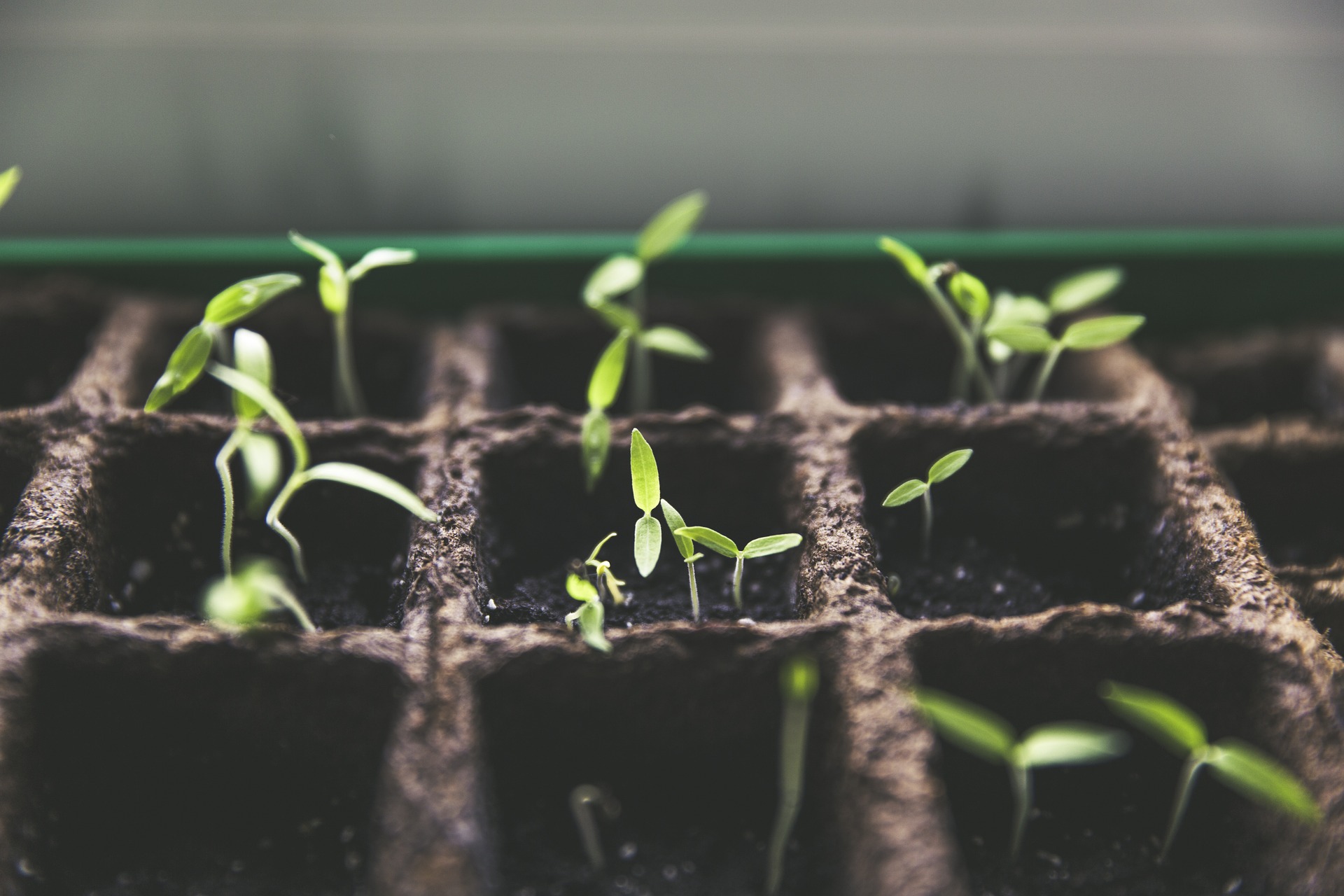Backyard gardens and you!
“Alexa, what is the temperature?” Yes, we have one of those and someone in our house likes to know the state of affairs of the outdoors. At this time of year, that is important, especially if you like fresh vegetables and you want to know their point of origin. So, gardening enthusiasts and all wannabes--pay close attention, for it is now April. The time for sowing seed—indoors—is upon us. Sonja Anderson at Gertens Greenhouse & Garden Center knows what that is all about. She is one of many at area garden centers who conducts workshops teaching and showing how it is done (go here for article and nice photos). Annie Klodd, at the University of Minnesota Extension website, also lends a hand outlining and explaining everything we need to know in her article, April to-do list for vegetable gardening.
This April article is new at the website, the first of a monthly series that will outline what you need to do each month in your vegetable garden. She begins with the topic of soil preparation—tilling, weeding, hoeing, raking clumps of soil and uprooted weeds, adding compost before the planting of cool-season crops. Should you have concerns over soil quality, you may send a sample and $17.00 to the University of Minnesota Soil Testing Laboratory for testing—see article for more information. Then Klodd lists the vegetables that may be started—peppers, eggplant, okra, tomato, sweet potato roots, and cabbage, and their recommended weeks. Vegetables that may be planted from mid-April to May 1 include: asparagus, broccoli, brussels sprouts, cabbage, cauliflower, collards, endive, horseradish, onion, parsley, potatoes, rhubarb, and turnips. Everything sounds so deceivingly simple. Don’t miss the links—that’s where the real information is. Those pages explain in more detail what you really need to know about planting that vegetable garden, the soil and composting, and sowing seed indoors. Lots of good advice here about seed packet sizes and generic brands, what to do with extra seeds, containers to use, soil-less starting mixtures, light, heat, watering, and location. Those window sills people tend to favor are too cold and too hot in Minnesota. Read to find out why. You might want to grab a cup of coffee or two before you get started.
If this sounds a bit intimidating and you really don’t have much space for the vegetable garden of your dreams, then you might want to look into something simpler, smaller and more mobile—like container gardens. Dorothy Stainbrook understands the constraints of an urban setting, the limits of time or physical energy available to devote to the tasks at hand, even the hesitation to feed the neighborhood wildlife. That is why Cyndy Crist shares her expertise in articles like Growing Vegetables in containers – Gardening in small Spaces. The advice is simple and practical—consider the plants you want to grow, the pots, the soils, the location, and the maintenance. Photos show good pot options of various sizes and why Minnesota is unkind to wooden containers. Drainage, sun light and maintenance are necessary to grow those tasty tomatoes and salad veggies you’ve been craving. This article can get you started. Whatever your garden size, the Old Farmer’s Almanac is a great resource for planting, weather, and advice of interest to farmers and gardeners of all stripes. They allow you to set your location for accurate planting, provide a host of articles, videos, and advice, and options to access it all—email reminders, print, and phone apps. You’ve got help for your pots and plants at your finger tips. May your gardening adventure be fruitful!
CREDIT: markusspiske pixabay.com

